A high quality circular polarizer is still one of the most important accessories for any photographer’s bag. And the new Sigma Weather-Resistant Circular Polarizers offer incredible performance, weather-tough design, and a fantastically upgraded case with grip arcs that keep the filters from rattling around in the bag. 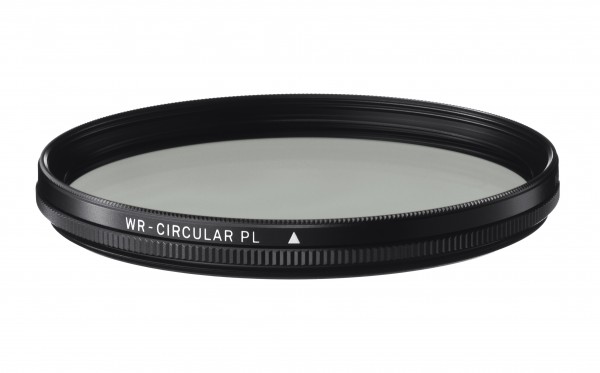 The advances in digital capture and advanced RAW processing have rendered many classic filter types less crucial, if not outright obselete; the look and feel of warming filters, and graduated density filters, for example, are easily and quickly replicated—and in many cases bested—by what is now available during RAW processing and image toning.
The advances in digital capture and advanced RAW processing have rendered many classic filter types less crucial, if not outright obselete; the look and feel of warming filters, and graduated density filters, for example, are easily and quickly replicated—and in many cases bested—by what is now available during RAW processing and image toning.
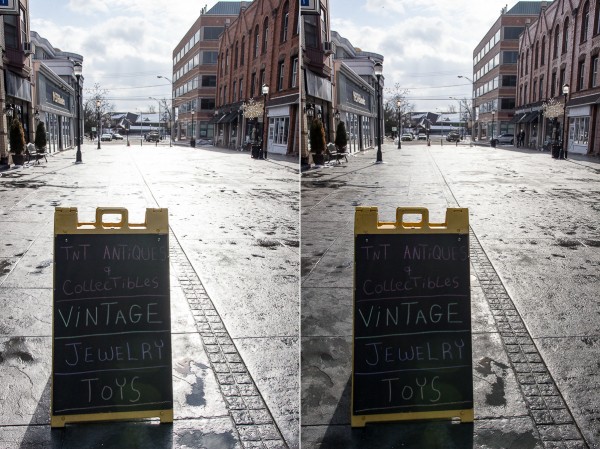
But the same can not be said of circular polarizers, which limit and constrict the angles of light reaching the image sensor. This filter can minimize unwanted reflections on shiny surfaces, make skies more rich in color and give clouds greater presence, and in general make many images in many different situations pop from the screen or page in more dramatic fashion. And of course, the better the image quality of the RAW file to start with, the better the tonal adjustments made during toning and processing will be. This is why circular polarizers still matter.
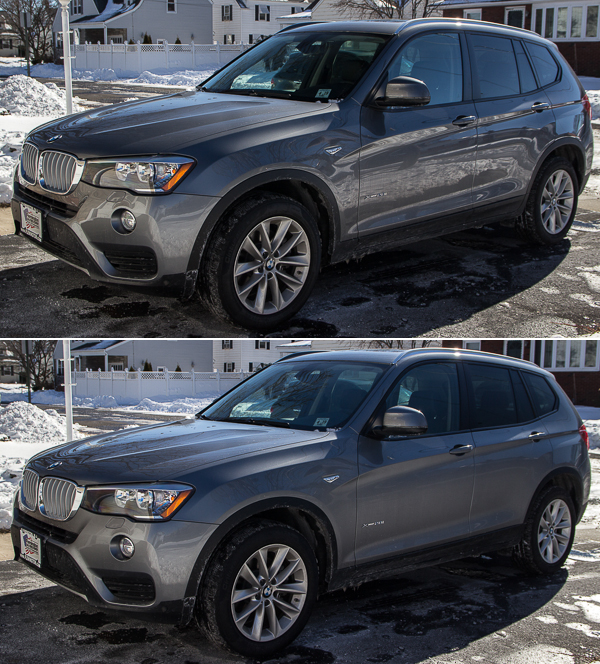
Circular polarizer filters thread onto the front of camera lenses, and feature a rotating ring to adjust the angle of the filter’s light-passing axis in relation to the light sources in the image. As the polarizer filter is rotated, you can visually see the effects through the viewfinder or LCD screen. When the angle of the polarizer is at maximum to the direction of the light, the effect will be most pronounced, as will the exposure impact. If you are in a program mode, you may notice the exposure values change and slow by a full stop or more. If you are in manual, you will notice the metering changing.
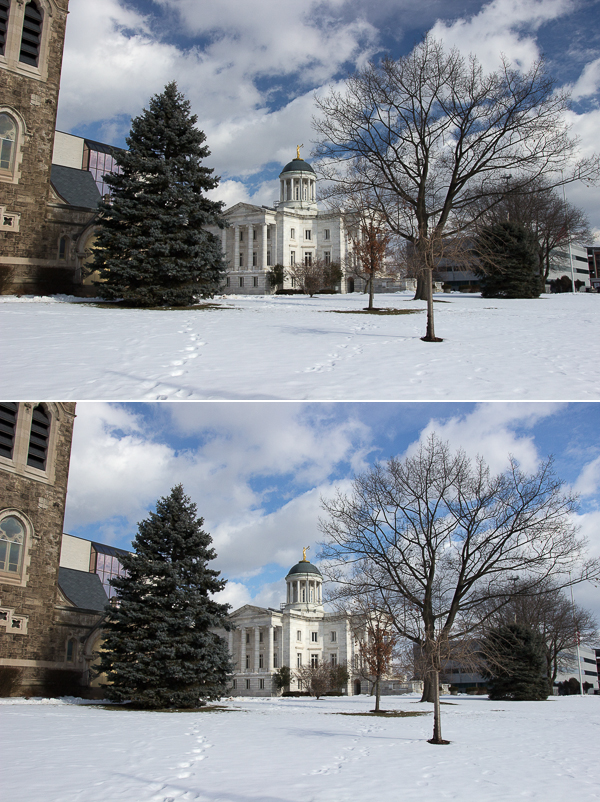
Depending on the scene, you may not need to adjust to maximum polarization; and as you rotate the filter, you may notice the polarizer is affecting different image elements, cutting the glare more off one major reflective surface, but increasing on another surface at a different angle to the sensor. And while a polarizer is very helpful for cutting through or minimizing reflections on some surfaces, there are times when letting a major surface in the image reflect—the top of a still pond, for example, may be more aesthetically pleasing that seeing through to the pond bottom. But if you’ve got a circular polarizer with you, the choice is yours!
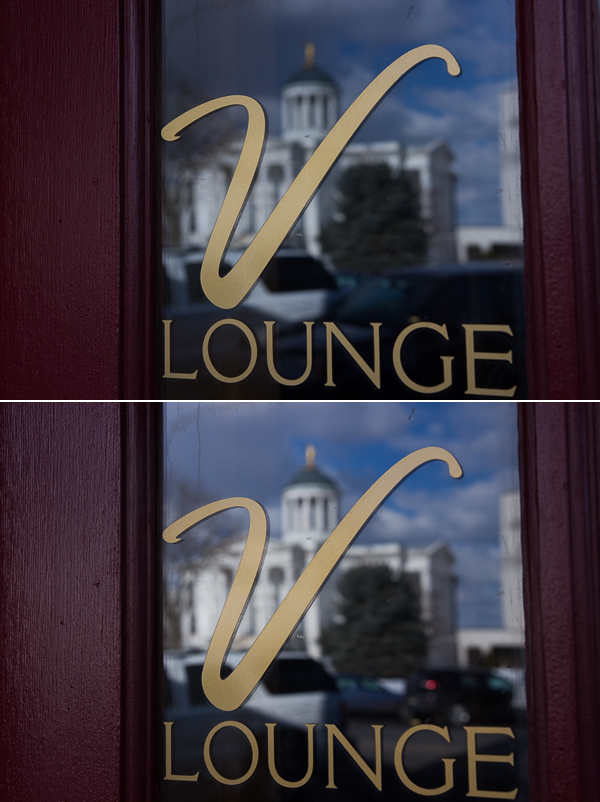
When I’m outdoors making photos, there’s almost always a circular polarizer with me. If I don’t want or need it for a particular shot, it is easy enough to rotate to minimize the effects, or quickly remove from the lens completely. But for the small size in the camera bag, and big impact on image quality, these filters are always well worth packing along.
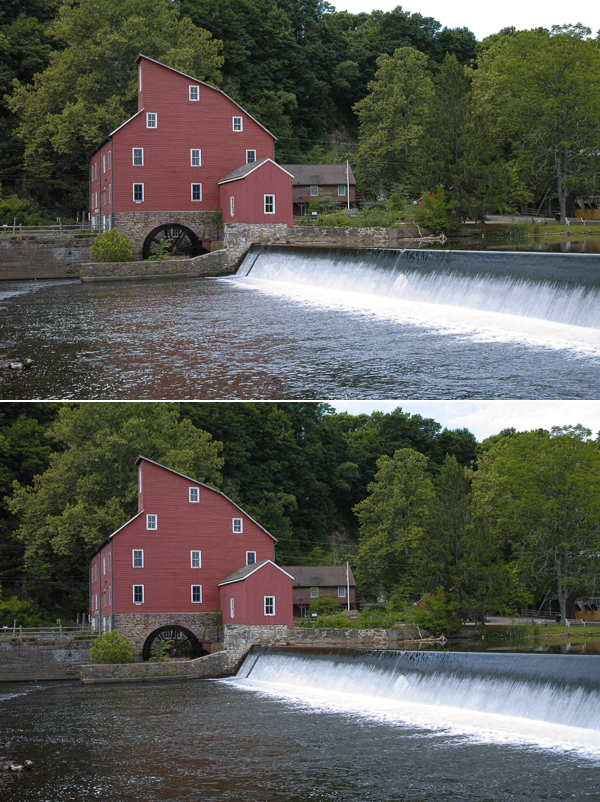
Some photographers may choose to buy a dedicated polarizer for each different filter thread diameter on their lenses, 77mm, 72mm, 67mm, for example; but stepping rings are also a great way to pair a circular polarizer with several lenses with different diameter lens threads. When going this route, the circular polarizer that matches to your biggest diameter lens threads should be bought, with stepping rings to match the diameters of the other lenses. For example, my 77mm Sigma WR-Circular Polarizer fits my 50mm F1.4 DG HSM | Art lens natively, and it fits onto my 18-35mm F1.8 DC HSM | Art and 17-70mm F2.8-4.0 DC HSM OS | Contemporary with a 72mm>77mm stepping ring.
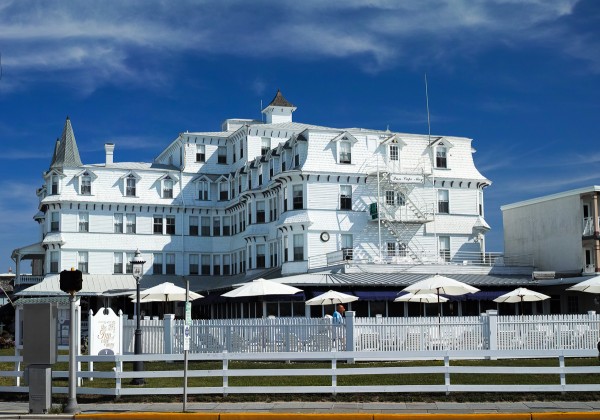
Graduated Neutral Density filter? I’ll do that in post, or via HDRI or layers masking for very complex contrast edges. Warming filter? I’ll set a custom white balance in-camera, or do it in Adobe Camera Raw! Cut glare, tame reflections, and make dramatic eye-popping clouds? I’m packing a Sigma WR-Circular Polarizer to make it the best in-camera before making it even stronger in processing!
Got any questions about Polarizer Filters? Let us know!
Sigma has recently relaunched the full line of Weather-Resistant Circular Polarizers, Weather Resistant UV and Protector Filters under the strict guidelines and standards of the Sigma Global Vision. Learn more.

This is funny to me to see Somervile, N.J. of all places. My studio was nearby when I was published in The New York Times….I go there still and stay in a hotel nearby to get dental work done and business….Use my SD1 with a polarizer in the area…got some great shots! Yet I live in Key West, FL….
Nice Article and comparison shots. I don’t know if you intended it, but the 4th paragraph that contains \feature a rotating ring\ kind of implies that the definition of a circular polarizer is related to it’s screw-on and rotating design when it’s really about the way light is polarized into a circular pattern. This is different from the more traditional linear polarizer that doesn’t work as well on a digital system. Both are available in screw-on and/or rotatable designs.
Great article. I have the 150-500mm F5-6.3 APO DG OS HSM lens for my Nikon d5300. Which lens do I need to purchase please please? HELP!